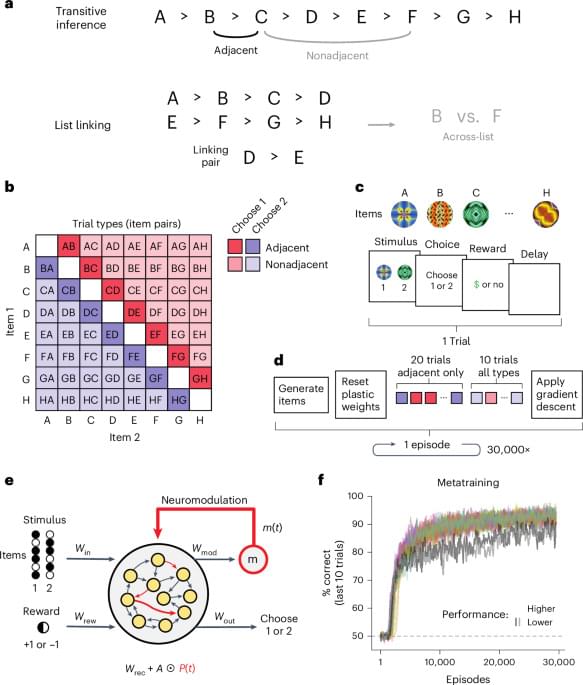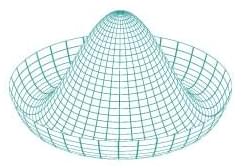Researchers discovered that electrical synapses filter sensory signals in animals, enabling context-specific decision-making—a finding with broad implications for neuroscience.
Scientists from Yale University
Established in 1701, Yale University is a private Ivy League research university in New Haven, Connecticut. It is the third-oldest institution of higher education in the United States and is organized into fourteen constituent schools: the original undergraduate college, the Yale Graduate School of Arts and Sciences and twelve professional schools. It is named after British East India Company governor Elihu Yale.







